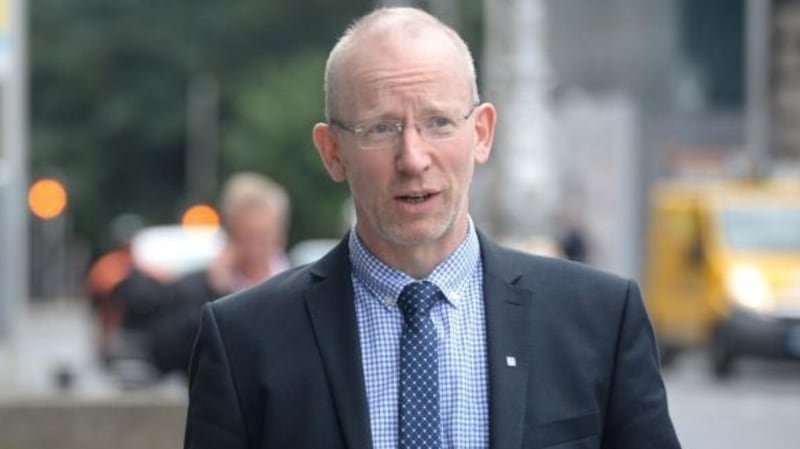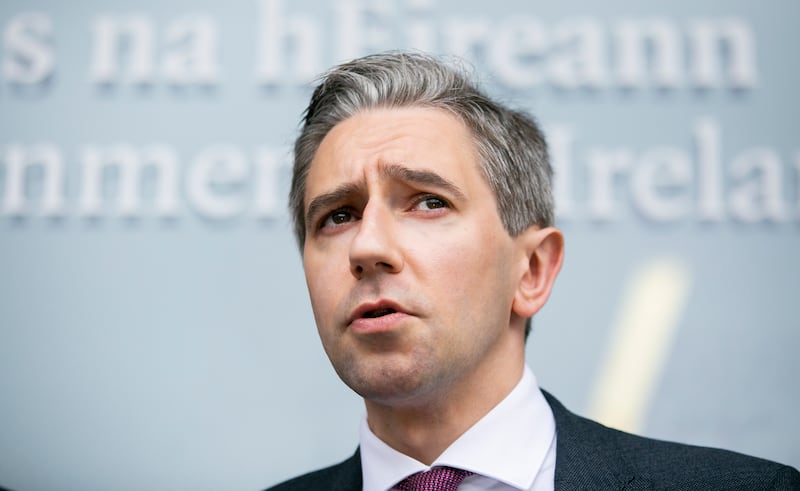When the Government wielded its spending axe during the economic meltdown in 2008, one of the first areas it targeted was third-level recruitment.
The result was a recruitment and promotions embargo with an official, Soviet-sounding title of the “employment control framework”.
Approval was demanded for every appointment; no administrative or support staff could be considered for replacement; only one in three academic vacancies could be filled.
Fifteen years on, the public spending crisis is long over but the employment control framework remains – broadly speaking – intact.
READ MORE
During this time student numbers climbed by about 30 per cent or more while staffing numbers nudged upwards by about 10 per cent.
This saw student-to-staff ratios balloon from about 16:1 in 2007 to about 23:1 today, according to latest figures. This compares with European averages of 15:1.
The move previously prompted the Higher Education Authority to warn that staff-student ratios had deteriorated and were impacting on student contact hours.
“There is a demographic tsunami coming and if we allow the staff-student ratio to get worse, the quality of programmes will be at risk,” a spokesman for the authority warned at the time.
That was five years ago.
Lecturers say there student-staff ratios are now “vastly and unacceptably higher” than other developed countries.
“This is a clear and shameful indictment of the political refusal to address the sector’s funding crisis,” says Martin Marjoram of the Teachers’ Union of Ireland, which represents more than 4,000 third-level lecturers. “It has resulted in larger class sizes and less access to laboratories, equipment, materials, libraries and tutorials.”

Another consequence has been the casualisation of academic employment, especially among younger academics and researchers.
Many universities have been offering short-term and precarious contracts for young academics and researchers, often at short notice, a model dubbed by some as a Deliveroo-style education.
“Too few academic staff have been recruited and they have been recruited too often on short-term, fixed-term contracts,” said Frank Jones, general secretary of the Irish Federation of University Teachers, recently. “Talent is leaving Irish universities because of the contracts on offer.”
Minister for Further and Higher Education Simon Harris insists this year will represent a milestone in finally tackling staff-student ratios.
He says additional core funding provided for in Budget 2023 will allow higher education institutions hire more than 1,500 permanent, full-time staff from September.

Atlantic Technological University – formerly GMIT, IT Sligo and Letterkenny Institute of Technology – is due to receive the single biggest allocation of new staff (192). It will be followed by UCD (156), TU Dublin (150), University of Limerick (140), UCC (124) and Trinity College Dublin (119).
Other significant allocations include Technological University of the Shannon (104), Maynooth University (103), DCU, South East Technological University (both 102), Munster Technological University (88), University of Galway (66), Dundalk Institute of Technology (42), Mary Immaculate (34), St Angela’s (17) NCAD (12) and IADT (eight).
In parallel, Harris says his department is working with the Department of Public Expenditure, the Higher Education Authority and education stakeholders on a new model to replace the employment control framework.
While this reform is progressing, he says this year’s ceiling uplift for core-funded posts will help build capacity in areas such as research in the new technological universities.
This additional investment forms part of the Government’s “funding the future” policy, announced last year, which aims to offer a long-term, viable finance plan for higher education.
[ Student accommodation crisis: surge in numbers experiencing financial problemsOpens in new window ]
It identified a core funding gap of just over €300 million for the higher education sector, which Harris has pledged will be addressed over a number of budgets. New funding will, he says, focus on improving the quality of programmes, their outcomes, and providing a third-level education system that is accessible to all.
Universities have welcomed the move, but say the gaps that have opened up over the past 15 years or so won’t be plugged overnight
Jones, like others in the third-level sector, has called for the employment control framework to be abolished and for universities to be given greater freedom to prioritise the recruitment of academic staff.
That would, he says, ensure that they could finally deliver the “quality teaching, support and research required of a world class educational system”.











